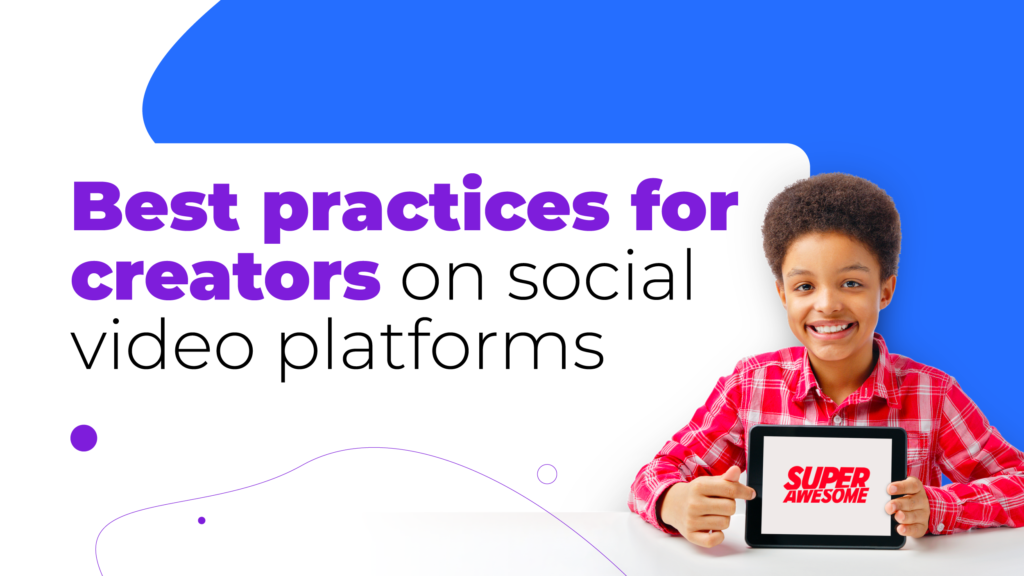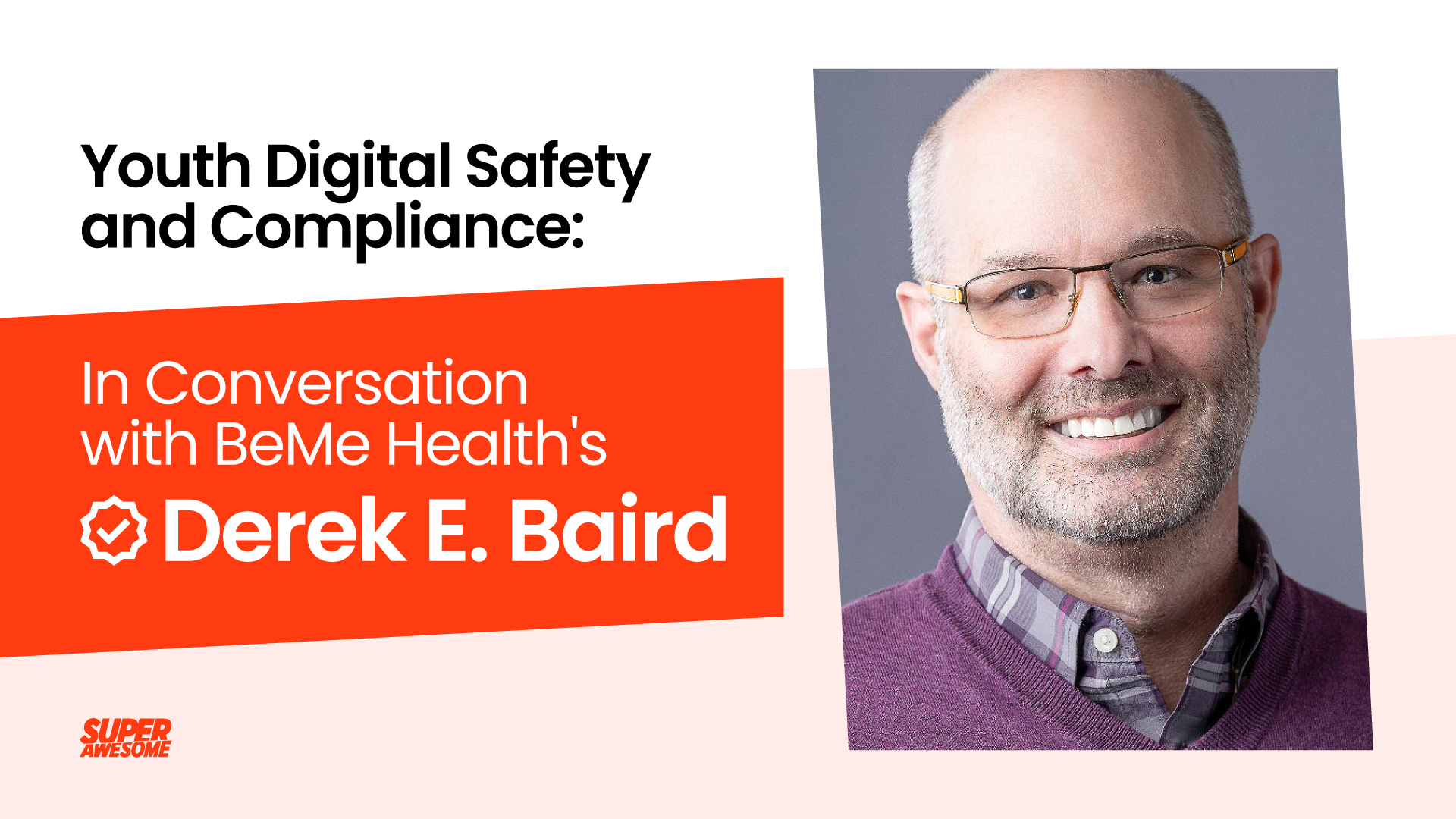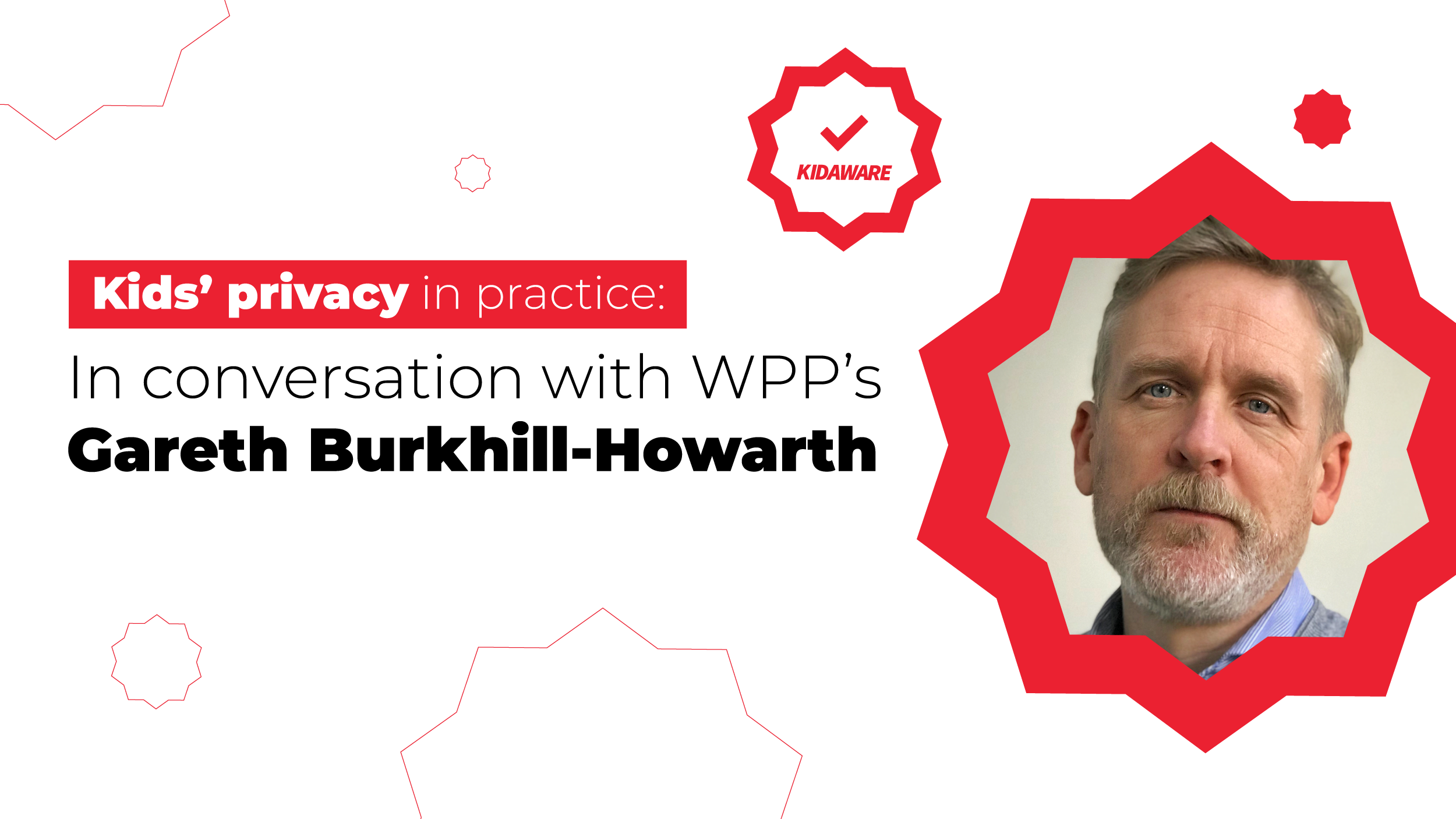
Keeping up with the latest kids’ privacy requirements on social video platforms can be frustrating and confusing for content creators. Further complicating an already complex landscape, Google and YouTube’s record settlement with the Federal Trade Commission (FTC) resulted in changes to its platform and required many creators to rethink their approach to content.
In Part One of this series, we broke down three core learnings from the 2019 settlement. In Part Two, we took a deeper look into what has changed on YouTube since last year.
Read more to learn more about how these changes affect content creators, as well as best practices you can follow to ensure your videos and channel are kid-safe.
Recap: What has changed on YouTube?
YouTube has made several recent changes to its platform – the biggest being the classification of ‘made for kids’ content.
‘Made for kids’ content will no longer:
- Collect data from viewers
- Serve behavioral advertisements
- Include certain engagement and community tools, including the ‘save to playlist’ functionality, comments, polls, clickable end screens, and more
How does this affect content creators?
Channel owners are now legally responsible for complying with kids online privacy laws and must disclose ‘made for kids’ content:
- If the content you create is likely to appeal to children, it will be considered ‘kids content’ in the eyes of COPPA and GDPR-K. It’s important to consider that the age of a ‘kid’ varies by country (‘kids’ can be as old as 16 in Europe, according to GDPR-K).
- YouTube will also moderate self-designations using automated scanning tools. If it detects videos that haven’t been correctly classified, they will be tagged as ‘made for kids’ automatically.
Should you tag your content or channel as ‘made for kids’?
YouTube’s official guidance is here, but the answer to this question isn’t always black and white. It may be straightforward for established kids’ brands to decide they’re ‘made for kids’. However, there are also many YouTubers that create videos for a broader audience with content that might be appealing to young viewers.
The below guide outlines some important signs that children may be tuning in to your videos and/or channel:
- Check the comments section: Do many of the comments appear to be made by younger viewers? To determine this, consider the language being used. Kids tend to use emojis or might mispell some words.
- Audit your content and thumbnails: You know better than anyone else who you are creating content for. Who do you think your videos are made for? Do they contain elements likely to appeal to children, including cartoon characters, child actors, simple songs, or early education material?
- Look to external sources: Do you receive fan letters or comments on other social media platforms that might indicate a popularity among young audiences?
If you are still uncertain after undertaking all of the above steps, we recommend taking the safer approach by marking your content as ‘made for kids’.
Creating kid-safe social video content
Popular social video platforms are free, public websites that anyone, including kids, can easily access. And young audiences crave content from the influencers they admire; US and UK kids were 3 times more likely to aspire to become a YouTuber than an astronaut! Regardless of the intended audience, all content creators need to be aware that their videos have the potential to be viewed by children under 16.
Whether or not your channel is kids-focused, creating family-friendly content protects both you and your viewers – and it doesn’t require as much effort as you might think.
Stand out as a responsible content creator by avoiding the following:
- Strong language, such as swearing or inappropriate slang
- Mature discussion topics
- Cigarettes, drugs, or alcohol
- Realistic or fantasized violence, including weapons and fighting
- Horror or gory visuals
Best practices for working with brands
To protect your reputation (and the image of the brands you partner with) it’s critical to ensure that you are complying with kids online privacy laws. Here are some best practices to help you get started:
- Disclose paid and gifted relationships: Disclosures must be visible immediately and the language must be direct and easy for young audiences to understand. Use clear terms, like #ad or #advertisement, instead of more complicated language for a kids audience, including #sponsored or ‘in collaboration with’.
- Beware of giveaways: Giveaways are exciting, but they pose many challenges from a compliance standpoint. For example, choosing and contacting a winner requires processing and collecting data, which must be carefully handled under COPPA and GDPR-K.
- Use neutral language: According to CARU, you should never encourage kids to buy or get products, as children are more vulnerable than adults to persuasive messages. Instead, focus on building brand awareness to ensure compliance and kid-safety, avoiding terms like ‘buy now’.
Are you interested in learning more about how to create kid-safe social video content? Our SafeFam training program empowers creators to understand the digital safety and privacy requirements of under-16 audiences. SafeFam provides the resources you need to recognize and adhere to the requirements for producing appropriate content for kids and families.





